Is Cork as Sustainable as Companies Make It out to Be?
Posted by Pawan Saunya onAs companies strive to make their products more sustainable, many are turning to cork as their new material of choice. Products like cork binders, cork yoga mats, cork furniture, cork purses, and cork shoes are popping up in shops left and right, touted with the claim of being environmentally sustainable- because they’re made of cork. Are these claims simply a marketing ploy, or is cork really that sustainable?
THE GOOD:
Cork is made from harvesting bark from cork oak trees. Harvesting the bark doesn’t damage the trees and also doesn’t require the trees to be cut down, allowing them to regenerate bark to be harvested again. It takes the trees around nine years to grow back the bark, and this nine-year cycle can go on for nearly 200 years.
As the cork oak trees regenerate and grow, they absorb and retain carbon dioxide from the atmosphere. The 2.3 million hectares of cork oak forest scattered around the world retains around 14.4 million pounds of carbon- an amount equivalent to burning 720,000 pounds of gasoline. The forests also serve as vital hotspots of biodiversity, according to a 2014 study of the material.
In addition to cork trees being inherently regenerative, they also require very few inputs. They grow naturally without the need of man-made irrigation, pesticides, fertilizers, or pruning. This allows the material to have a very low carbon footprint without contributing to the pollution of waterways (like most crops and materials do).
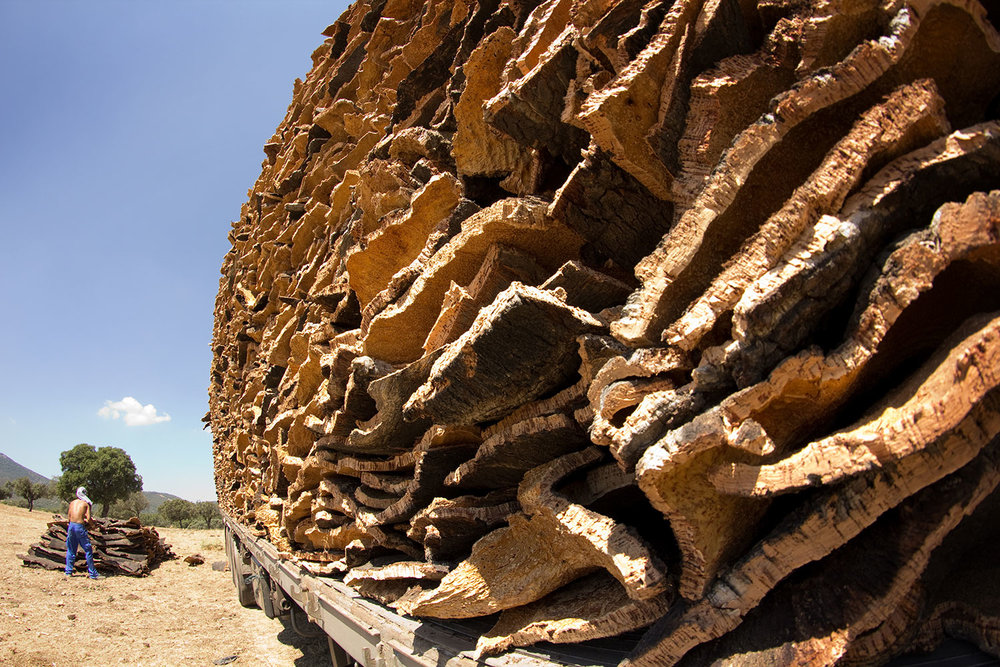
Picture courtesy of the Cork Forest Conservation Alliance
After the cork is harvested, it is sent to a factory to be dried, boiled, and processed. Processing is generally a very carbon intensive process, but in the case of cork, it isn’t. According to the Cork Forest Conservation Alliance, 90% of the energy needed to process the cork comes from burning a naturally occurring byproduct of the processing- cork dust. This greatly reduces emissions and waste, allowing for a more circular system of production.
After processing, cork is then made into the products we see on store shelves- furniture, flooring, binders, shoes, backpacks, yoga mats, coasters, etc. The possibilities of cork are endless because it’s a naturally impermeable, durable, and insulating, allowing it to be suitable for a multitude of uses. It can even be used to construct buildings.
THE (POTENTIAL) BAD:
It’s obvious that cork is sustainable in terms of its production and processing, but what about its disposal? Cork products can either be recycled into new products or composted. However, this isn’t always the case. Some products are made with other additives, such as adhesives, that render the cork unable to compost. If you have cork flooring, for example, you probably used adhesive to install it, making it non-compostable (unless you used some form of a compostable adhesive).
To ensure the cork product you’re buying is compostable, make sure it is made from pure cork, and make sure you’re buying from a company that is transparent about the materials that are used in making their product. The best way to ensure that the product you’re buying is truly compostable and/or recyclable is to buy products from small, local businesses and craftsmen who are more knowledgeable about the products they sell compared to typical stores.

Kayla Guilliams
Is the blog manager for Zero Waste Club, combining her love for writing with her passion for all things environmental sustainability. She is currently a student at the University of North Carolina at Chapel Hill where she is studying journalism, environmental studies, and food studies in hopes of building a career in environmental activism. You can find her on Instagram as @kaylaguilliams.
Zero Waste for Beginners
Posted by Pawan Saunya onZero waste in the kitchen, bathroom and on the go
Whether you are a complete beginner to the zero waste lifestyle, are embarking on a zero waste challenge this month or want some tips on how to reduce your household waste, any change no matter how big or small is a great way to be more environmentally conscious.
Some things you can start with:
A reusable water bottle; just think of how many plastic bottles you will save!
A thermos mug; you get discounts in most cafes for bringing your own coffee cup too
Non disposable cutlery and straw (bamboo, glass, stainless steel)
A tote bag for shopping; also saves you a bit of money from not having to purchase a plastic bag at the supermarket
Jars to store and refill food in; this is easy just wash and reuse any empty jars from pickles, sauces, peanut butter, jams etc.
A lunchbox if you eat out a lot; bringing your own container also gets you discounts in some markets and cafes.

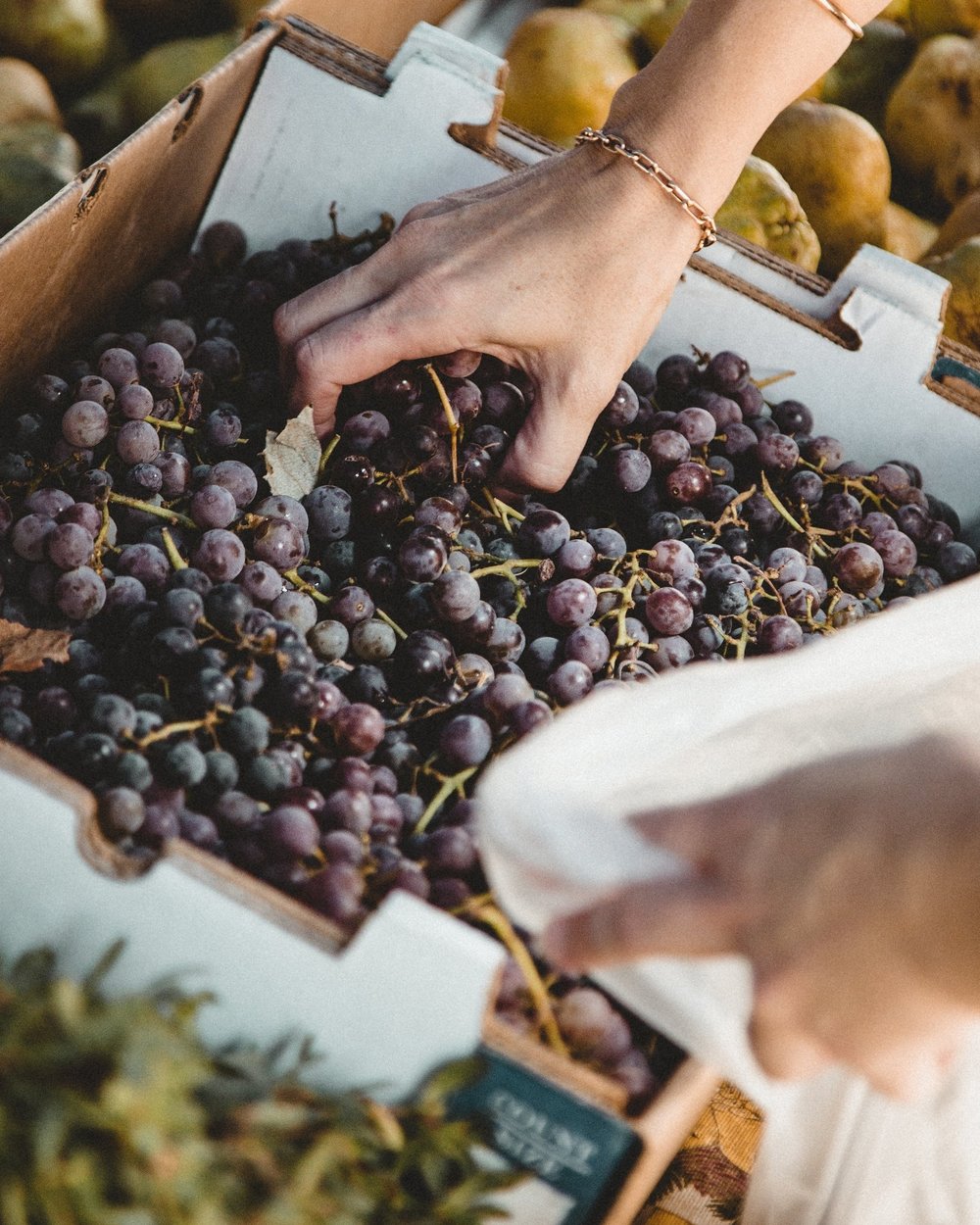
Food
Bulk or refill stores are great because you can bring your own jars, bottles and boxes or use paper or cloth bags to buy any amount of dried goods. It is more cost effective than shopping at supermarkets since you can buy smaller quantities of only what you need and will use, thus reducing your overall food waste.
Find the nearest one to you on: https://zerowastenear.me/
Farmers markets; if there are any near you are a great option too as most produce will be package free and you can buy fruits and vegetables loose. Remember your own bags and containers so you can leave all boxes or plastic trays to the vendor who will reuse them.
Some supermarkets sell their vegetables and fruits loose but not all, so visit the ones near you to see what you can buy package free; think cardboard, glass, jars, and cans instead of any sort of plastic packaging which come in all forms so read labels to check.
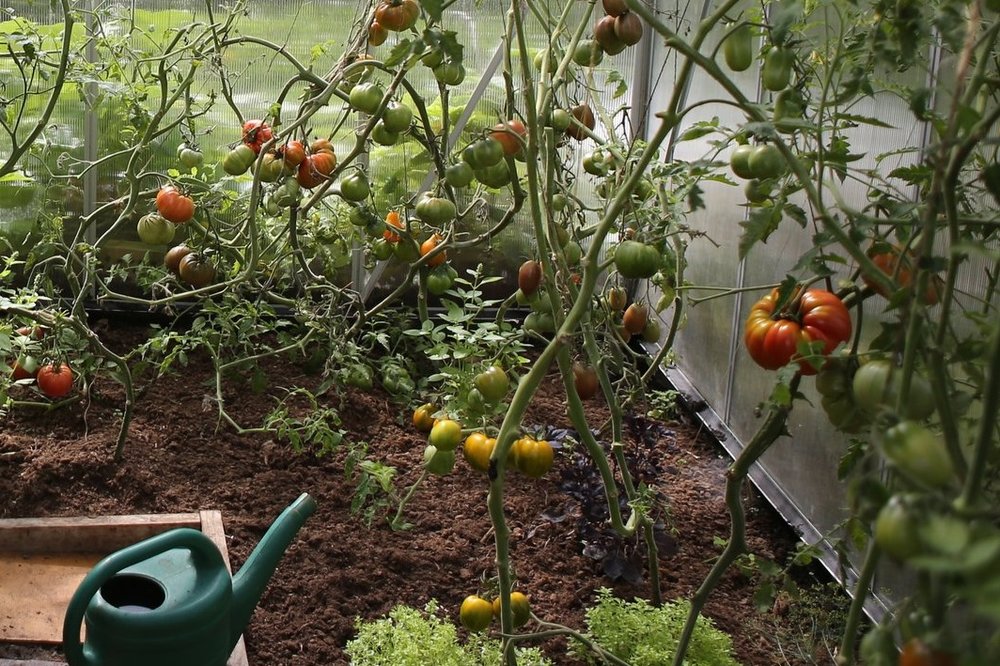
Reduce waste in the kitchen by
Storing perishable items in the fridge, any leftovers in the freezer for later consumption
Compost any vegetable and fruit scraps or dispose in an organic waste bin
Don’t buy or cook more than you know you will be able to consume in a certain time period
If this is difficult make a meal plan and buy only what is needed to cook your meals for that week so nothing goes to waste
Grow your own herbs on your window sill, or even fruits and vegetables if you have space in your garden. Eating your own homegrown food is so rewarding, completely organic, and you are nourishing yourself as well as the earth!
Cleaning:
Reusable and washable cloths and kitchen towels
Biodegradable sponges and non disposable or bamboo cleaning brush for dishes
Three essential ingredients to clean with: lemon juice, white vinegar, and baking soda, (essential oils optional for smell) are all you need product wise and work for every room and surface in the house.
Clothing:
Repair, mend, or sew any holes or rips instead of buying new identical items
Swap clothes you no longer want or need with your friends and family members that may be interested, otherwise donate them to charity shops.
Similarly when looking for new items visit charity shops, or buy second hand from stores, apps, websites and marketplaces instead of buying into fast fashion brands.
Bathroom:
Bamboo toothbrush, this is biodegradable and needs to be changed every three months
Cleansing pads that you can wash and reuse over and over again instead of wet wipes or cotton pads which have devastating environmental impacts and are responsible for sewage blockages
Toothpaste and mouthwash can be found in jars or bottles but you can also make your own
Bar soap and bar shampoo
Menstrual cups and washable sanitary towels
Stainless steel razor
Natural sponge that is biodegradable
-
Refillable body wash or shampoo if you opt for the liquid version, the same goes for toner and make up remover unless you decide to make your own!
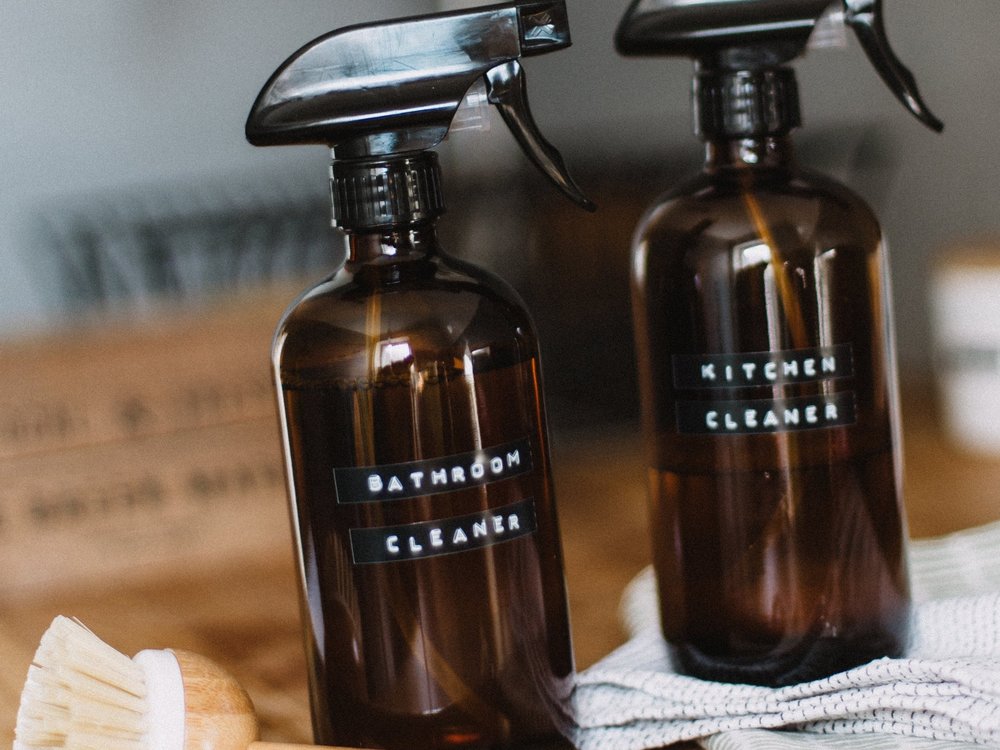
Zero waste is a long-term goal which is not necessarily achievable; actually in today’s day and age it is virtually impossible to live completely waste-free; being a human being is wasteful in itself! So do what you can, and see how many of these tips you can implement in your own life. When purchasing something new opt for natural materials over plastic and single use, non-recyclable items.
Good luck on your zero waste journey, the planet thanks you
Tag us @zerowasteclub on instagram to be featured.

Salomé Savary
Is working as an intern for Zero Waste Club, writing blog posts on all things zero waste, from cooking tips to travelling hacks. She is passionate about encouraging others to adopt low waste habits in any and every aspect of their lives.
Comment below with DIY Video recipes you'd like to see. And how did you get on making the recipe?
3 Ways to Make Different Bags in a Furoshiki Way
Posted by Pawan Saunya on
Japan has a lot of beautiful and mindful culture, arts, and ideas. In this video, we want to share the method called "FUROSHIKI" which it's the arts of gift wrapping by using a piece of beautiful cloth.
And you can make different styles of the bag in Furoshiki way too. We like it so much since we can reduce our waste by using only a piece of cloth! :)
Tag us @zerowasteclub and @plantbasednews on instagram to be featured.

PLOY THIRAPONGPHAIBOON
Is working as an intern for Zero Waste Club, making some awesome DIY videos. Here to help you make DIY products that will reduce your waste as well as showing yummy alternatives to non-vegan products and food. Find out more about Ploy’s work over on her Instagram or her Thai Blog.
Comment below with DIY Video recipes you'd like to see. And how did you get on making the recipe?
DIY Laundry Softener
Posted by Pawan Saunya on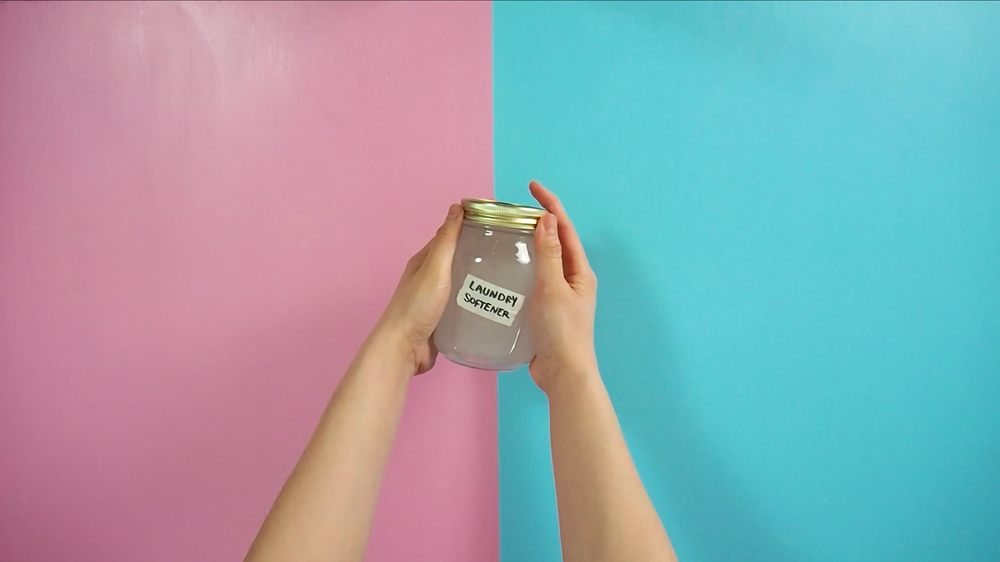
Let's use some of the ingredients sitting in your cupboard for a quite a long time to make your own natural laundry softener so you don't need to buy at the supermarket that comes with packaging too!
You will need
1/4 cup Epsom Salt
5 drops essential oil
1/2 cup warm water
1/2 cup baking soda
3 cup vinegar
Tag us @zerowasteclub and @plantbasednews on instagram to be featured.

PLOY THIRAPONGPHAIBOON
Is working as an intern for Zero Waste Club, making some awesome DIY videos. Here to help you make DIY products that will reduce your waste as well as showing yummy alternatives to non-vegan products and food. Find out more about Ploy’s work over on her Instagram or her Thai Blog.
Comment below with DIY Video recipes you'd like to see. And how did you get on making the recipe?
5 Must Have Items to go Zero Waste
Posted by Pawan Saunya on
Interested in going zero waste now? It's never too late :) And it doesn't require you to invest a lot of time and money to change.
Tag us @zerowasteclub and @plantbasednews on instagram to be featured.

PLOY THIRAPONGPHAIBOON
Is working as an intern for Zero Waste Club, making some awesome DIY videos. Here to help you make DIY products that will reduce your waste as well as showing yummy alternatives to non-vegan products and food. Find out more about Ploy’s work over on her Instagram or her Thai Blog.
